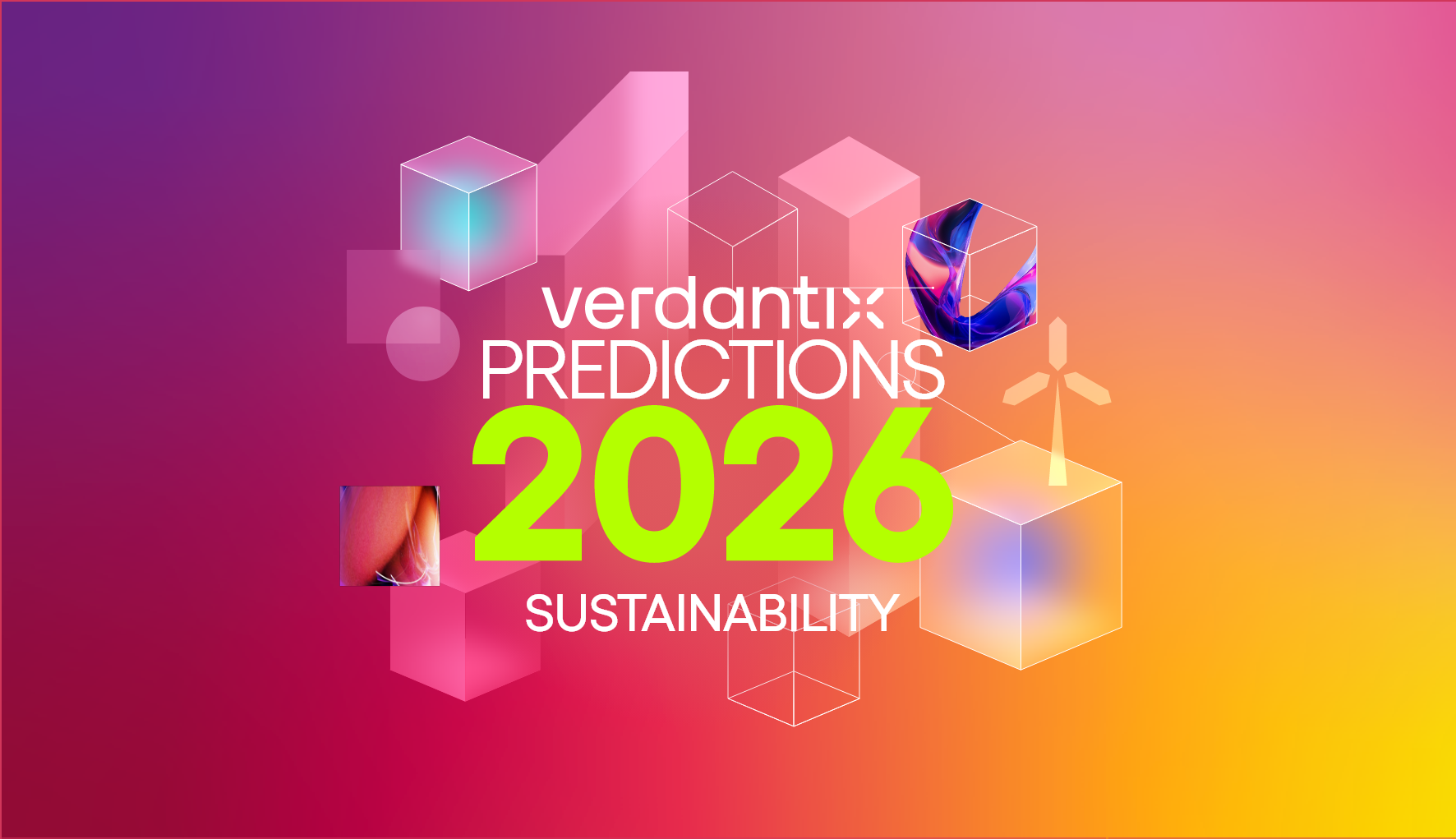Can COP16 Deliver What COP15 Promised? Let’s Wait And Watch!
The UN Biodiversity COP16 is being held from October 21 to October 30, in Cali, Colombia. This is the first Biodiversity COP since the adoption of the Kunming-Montreal Global Biodiversity Framework (GBF) in December 2022 – widely hailed as the ‘Paris Accord for nature’ – where almost 200 governments committed to halting and reversing nature loss.
COP16 will be an implementation COP, focusing on the delivery of targets and securing further agreements on matters such as resource mobilization and Access and Benefit Sharing (ABS). Governments have also been tasked to review the progress made to implement the Biodiversity Plan, and the level of alignment of their National Biodiversity Strategies and Action Plans (NBSAPs) with it.
Unfortunately, it is expected that 85% of countries – including 12 of the world’s 17 most biodiverse nations, home to 70% of the planet’s species – will miss the deadline to submit updated versions of their NBSAPs ahead of COP16, due to lengthy domestic consultation processes and general elections taking place across the world in 2024.
With a primary concern for COP16 being how to pay for conservation, and with talks aiming to develop new initiatives that could generate revenues for nature, the role of business – in this conversation, as well as for the materialization of a nature-positive world – cannot be understated. Whilst fulfilling their responsibility to curb the worsening effects of nature degradation, and the consequent risks to their long-term functioning, businesses can also seize significant commercial benefits: nature-positive solutions could unlock $10.1 trillion in business opportunities and create over 100 million jobs globally by 2030.
As a crucial first step in the journey of building nature-positive organizations, the importance of understanding, valuing and monitoring nature-related impacts and dependencies, as well as risks and opportunities – at the corporate level – is gaining traction. With firms already struggling with TCFD disclosures, particularly climate metrics and targets, this is going to be an uphill task – especially as nature data are extremely complex, encompassing a wide ambit of diverse ecological processes and biomes (see Verdantix Market Insight: Nature Data And Analytics Emerge To Support Disclosures). In addition to internal bandwidth and expertise, the scope of this challenge requires a combination of nature-related consulting services (see our nature-related prediction for 2024 in Verdantix Market Insight: 10 Predictions For ESG And Sustainability In 2024 And Beyond), digital tools and engagement with data and analytics providers.
As interest in connecting nature and biodiversity to business grows, we expect a slew of nature-related product and service announcements to follow. Some have already started: Bloomberg, for example, has launched a solution aimed at enabling investors to comprehensively asses nature-related impacts and dependencies across a firm and its value chain. The offering features biodiversity indicators underpinned by varied sources of nature and biodiversity data, such as the UK Natural History Museum’s Biodiversity Intactness Index (BII) and the World Resources Institute’s water stress analysis data. Such an evolving software and services market can equip businesses to take a leading role in translating the collective global ambition into a more nature-positive reality.
About The Author

Priyanka Bawa
Senior Analyst





